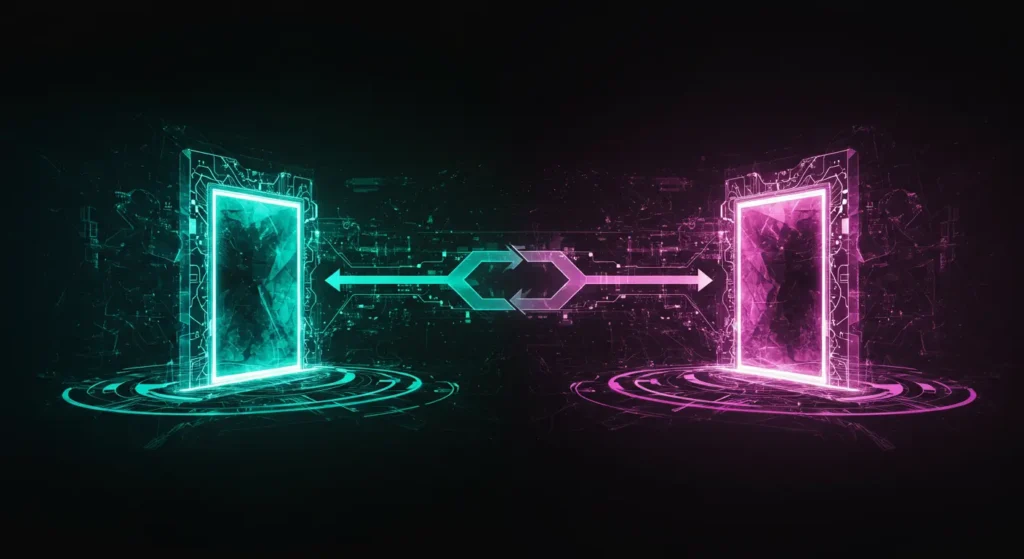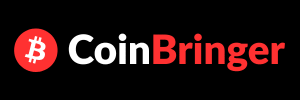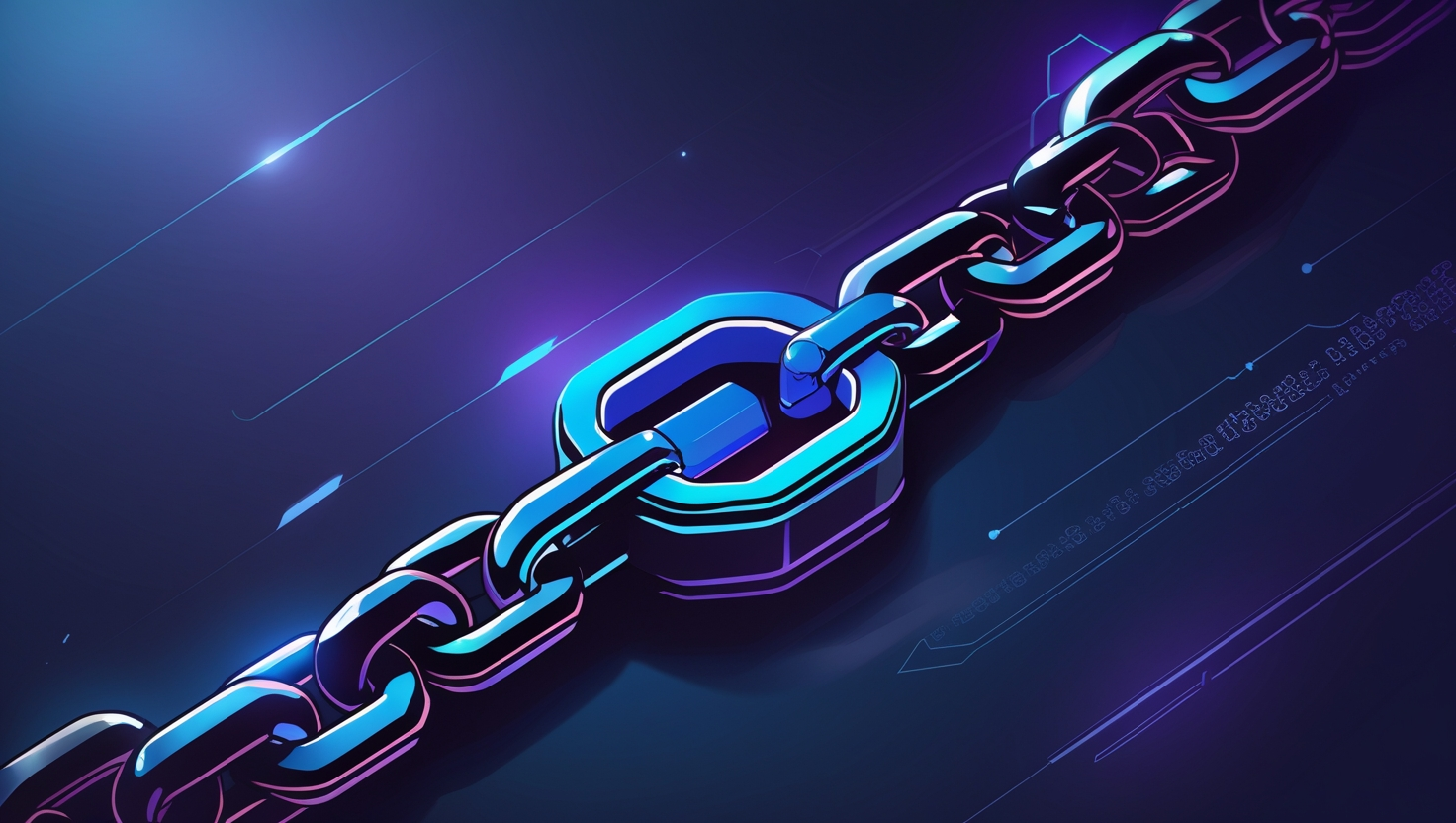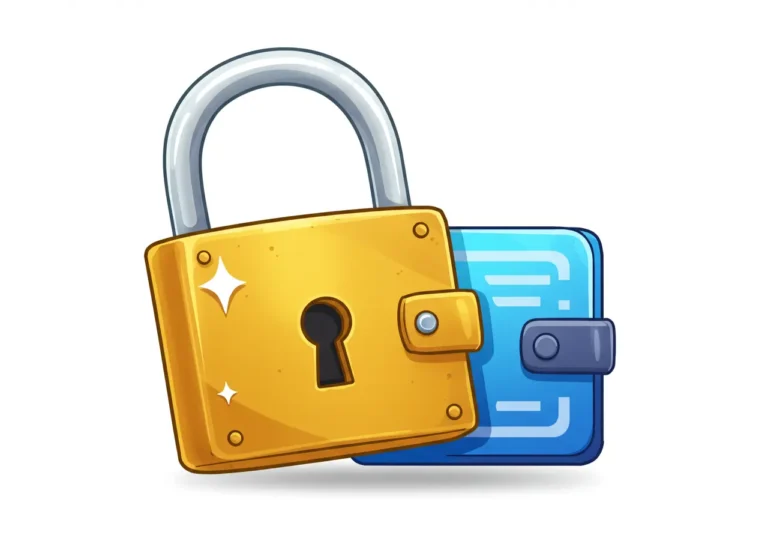The Oracle Wars: Understanding Chainlink’s Dominance and Competitors’ Security Models
You should know that Chainlink is often the name everyone mentions first when people talk about oracles. It has become a near-default choice for many projects. In this article I’ll explain why that happened, what other oracles do differently, and how their security models compare. No deep technical lectures, just the important parts you need to understand to make better choices.
What does an oracle do, in one sentence?

An oracle brings data from the real world (like prices, weather, or identity checks) into a blockchain so smart contracts can use it. That’s the job. If the oracle is wrong or manipulated, the smart contract makes bad decisions.
Chainlink: why it gained trust
Chainlink grew fast because it solved two big worries at once: reliability and decentralization. Early on, projects used single or casual data feeds. If the feed lied or broke, contracts failed. Chainlink introduced a system where many independent nodes fetch data and the network combines their answers. This reduces the chance one bad actor breaks everything.
Key reasons Chainlink became dominant:
- Wide adoption early: Many projects integrated Chainlink first, and network effects followed. More integrations meant more real-world testing.
- Node incentives and reputation: Node operators earn fees but also build a reputation—bad behavior hurts their future earnings.
- Off-chain infrastructure: Chainlink invested in tooling and services so developers could connect data with less friction.
- Active security audits and partnerships: Regular reviews and partnerships with well-known platforms helped build confidence.
All of this reflects a particular security model: rely on many independent validators, align incentives with honest reporting, and make reputation matter.
Competitors and their different security models
Not every oracle aims to copy Chainlink. Competitors choose different trade-offs. Here are a few common approaches, explained simply.
1. Federated oracles (small trusted group)
Some oracles use a small set of vetted providers. Think of this like a neighborhood watch: a few known people report the data.
- Pros: Faster, cheaper, easier to coordinate.
- Cons: Centralization risk—if the small group is compromised, the data can be wrong.
- When useful: Private blockchains or enterprise setups where participants already trust each other.
2. Staking-based oracles
Other projects require node operators to stake tokens. If they lie, they lose their stake.
- Pros: Strong economic deterrent against lying. Easier to punish bad actors.
- Cons: Requires robust slashing rules and fair dispute systems. Complex to design well.
- When useful: Systems where token-based penalties can be enforced and where staking is understandable to participants.
Here the security model uses financial skin-in-the-game to align honesty.
3. Reputation systems (like Chainlink but lighter)
Some oracles focus almost entirely on reputation scores rather than heavy staking. Nodes that report correctly gain trust, those that don’t are ignored.
- Pros: Flexible, less capital intensive for node operators.
- Cons: Reputation is slow to build and quick to lose; hard to prevent collusion entirely.
- When useful: Ecosystems valuing open participation with light barriers to entry.
This security model mixes social and economic signals.
4. Hybrid on-chain/off-chain verification
A smaller group delivers data, but many independent verifiers check or challenge it later. Think of this as a crowd review after a small group publishes.
- Pros: Good balance—fast publication with later audits.
- Cons: Requires active monitoring and reliable challenge mechanisms.
- When useful: Use cases where immediate data is needed but mistakes can be corrected quickly.
The security model depends on post-publication checks and dispute resolution.
How to read a security model: three simple questions
When someone says their oracle is secure, ask:
- Who verifies data? Many independent nodes or a small trusted set?
- What happens if a node lies? Is there staking and slashing, reputation damage, or legal agreement?
- How fast are errors fixed? Immediate retraction possible, or slow dispute process?
These answers tell you whether the model prioritizes speed, cost, or safety.
Practical examples—when each model fits
- Decentralized finance (DeFi) that manages large sums: Prefer large, decentralized setups with staking/reputation (Chainlink-style) because money is at stake.
- Private enterprise contracts: Federated oracles backed by legal contracts may be enough and simpler.
- Fast micro-payments or gaming: Hybrid models that publish quickly but allow disputes might be best.
- New chains and experiments: Reputation-first systems can attract early node operators without heavy capital costs.
The real risks that matter
- Data manipulation at the source. Even a perfect network will relay garbage if the source is wrong. Check data provenance.
- Collusion. If multiple nodes collude, decentralization fails. Large, diverse node sets reduce this risk.
- Economic incentives misaligned. If fees are too low or slashing is weak, nodes might cut corners.
- Legal and jurisdictional issues. Oracles operating across borders may face enforcement limits.
- Integration errors. Developers sometimes connect oracles incorrectly. Human mistakes are common.
What developers and users should do—practical checklist
- For developers:
- Use oracles with multiple independent data sources where money is at stake.
- Check past performance and audits of the oracle service.
- Build fallback logic—what happens if the feed fails?
- For users/investors:
- Ask projects which oracle they use and why.
- Favor teams that explain their security model clearly and simply.
- Know whether the price feeds have dispute mechanisms.
Does Chainlink have an unbeatable lead?
No system is unbeatable. Chainlink benefits from adoption, tooling, and a tested model. But competitors innovate with staking, hybrid verification, and legal frameworks that might suit particular needs better. Dominance today doesn’t mean monopoly tomorrow—other security models can win in niches.
In Conclusion
Oracles are the unsung workhorses of smart contracts. Chainlink rose by solving real problems with a pragmatic security model that works for many high-stakes use cases. But other models exist for different needs—faster, cheaper, or legally safer options.
When you evaluate oracles, think in human terms: who do you trust, why, and what happens if they are wrong? Good security is simple to describe and hard to break when the right incentives, checks, and backups are in place.
Remember
- Chainlink leads because of broad adoption, many node operators, and a tested reputation-and-incentive model.
- Different oracles use different security models: federated, staking, reputation, and hybrid.
- Ask three questions: who verifies, how are liars punished, and how quickly can errors be fixed?
- For large financial systems, prefer decentralized, staked or reputation-backed oracles.
- For private or enterprise cases, federated or legally-backed oracles may be enough.
- Always design fallback logic in your smart contracts.
FAQ
Q: Is Chainlink the only safe oracle?
A: No. Chainlink is widely used and well-audited, but other approaches (staking, federated with legal agreements, hybrid checks) can be safe depending on the use case.
Q: Can oracles be fully trusted?
A: No system is infallible. Trust is about reducing risk with decentralization, incentives, and dispute processes—not eliminating it.
Q: What is the easiest mistake to avoid when using oracles?
A: Not having a fallback. Always plan for what the contract should do if the feed stops or reports strange values.
Q: How do I choose an oracle for my project?
A: Match the oracle’s security model to your needs: prioritize decentralization and staking for large financial exposure; choose federated oracles if all parties are known and legally tied.

Hello, I’m Edmilson Dias, founder of CoinBringer. I created this platform to guide people through the fast-moving world of cryptocurrency with clarity and safety. With years of research in blockchain and digital security, my goal is to translate complex topics into practical knowledge, offering reliable tutorials, safety insights, and guidance for both newcomers and experienced users.
Discover more from CoinBringer
Subscribe to get the latest posts sent to your email.







